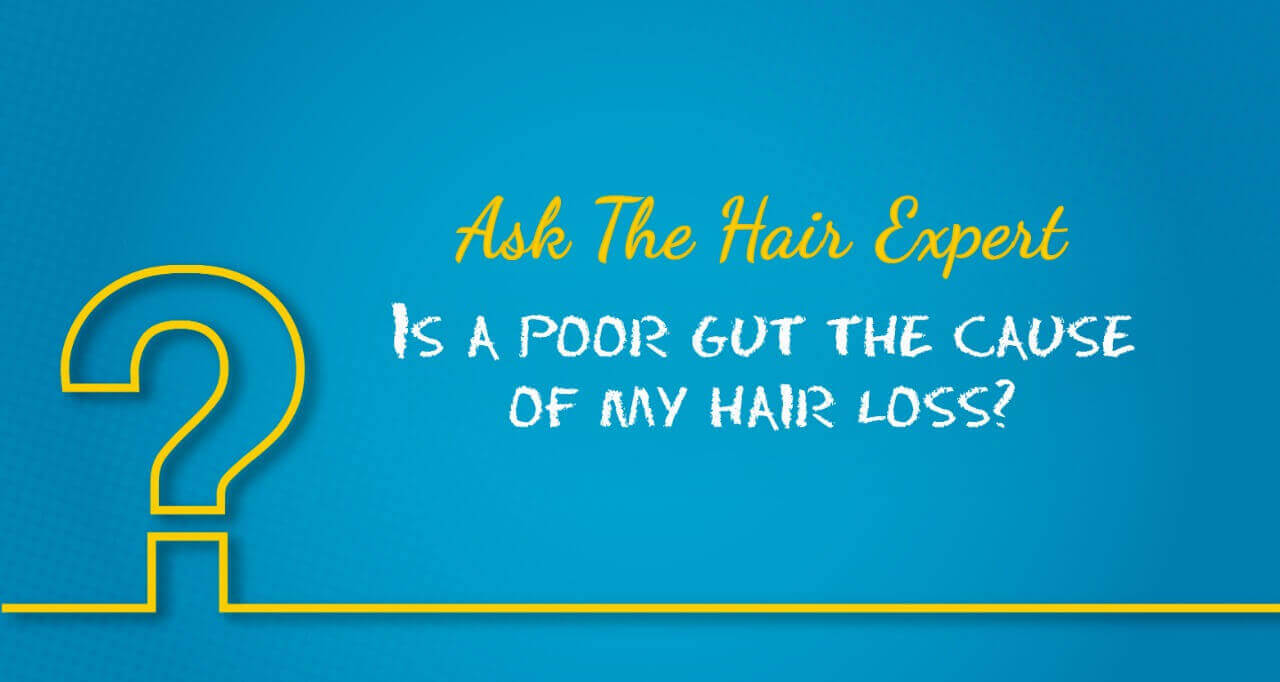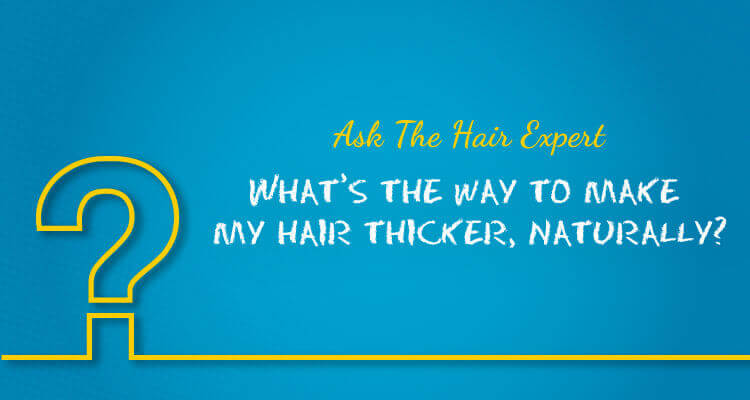Colour streaking. Global highlights. Gold. Blue. Pink. Silver. Red… Hair colouring. The most popular and most seen hair trend these days. From a salon to a grocery store, it’s one service or product that sells best!
Have you ever stopped to think about how the hair colour works? How the hair absorbs the colour? It is a rather interesting fact, the science behind the process, that peculiarly is unknown to most who actually follow this hair trend!
But there are some of you, who have reached out to us, asking us about hair colouring, its impact on hair’s health and hair colour damage. And we are hence back, once again, with our Ask the Hair Expert series to address your queries.
You asked: “Can colouring my hair, damage it?! Is it affecting my hair’s health? How do I tackle hair colour damage?”
Here’s the answer from the Hair Experts.
Hair Colouring DOES have an impact on your hair. But, as long as you ensure it’s done right and necessary steps are taken, under the guidance of a Trichologist, to protect your hair & scalp, you can colour guilt-free!
So, let’s first understand what happens to your hair when you colour it, the possible damage it can cause, what can be done to protect your hair against such damage and some handy tips on hair care!
What’s the science behind hair colouring?
Let us first explain how the hair is actually coloured. This process has to do with hair anatomy. (do read our blog on the topic to understand your hair inside and out!)
For the hair to absorb the colour/dye, the outermost layer of your hair shaft, the cuticle has to be raised/ lifted up. When the cuticle layer opens up, the colour molecules penetrate the cortex and the colour is thus deposited.
For the cuticle to raise up and make way for the colour, strong chemicals are used. And here is where the problem arises! The cuticle, as nature intended, is not meant to be lifted up with such intervention. And we all know what happens when you try to play around with nature’s ways.
All hair colour products use one or the other chemical to help serve this purpose of lifting the cuticle, to colour the hair from the cortex – out. While some are extremely strong, there may be some which are milder. For this, when you choose your hair colour, you will need to pay attention to its ingredients.
How do the ingredients impact the process and your hair?
Typically, a permanent hair color uses hydrogen peroxide (developer) to life the cuticle, to deposit the colour inside. If the wrong level of peroxide is used, it can cause some serious concerns.
Hair colours can be semi-permanent, demi-permanent or permanent. The semi-permanent colours do not have the peroxide element and hence does not lift the cuticle up as much. Such colours, as the name suggests, is not permanent. They last only for a few washes.
The demi-permanent ones have low amounts of peroxide and can be used for darkening or lightening the hair shade. These deposit the colour between the cuticle and the cortex thereby creating a more lasting effect as compared to that of the semi-permanent colours. Again, these are not permanent. They too last for X number of washes. Just that the number of washes, in this case, would be more than the former’s.
Permanent hair colours are those that do not wear off until the hair grows out. These have the maximum concentration of chemicals as you can guess.
Here are some (not exhaustive) of the most common ingredients used in hair colours that you need to stay cautious about:
- ammonia
- peroxide
- p-phenylenediamine
- diaminobenzene
- Toluene-2, 5-diamine
- resorcinol
Some of the ingredients can cause serious damage to your hair, skin and eyes. Lung irritation, allergies, chemical burns, immunotoxicity and some forms of cancer have been observed to be side effects, in studies.
How does hair colour affect your hair & scalp?
As mentioned above, the damage is caused by the ingredients present in the hair colours, that help lift the cuticle up. When the cuticle stays up long, as against its natural course, the hair becomes prone to damage. Chemicals in these hair colours cause damaging effects on hair due to, chemical degradation of proteins and the abrasion of protein layers in your hair.
This results in the hair fibre losing its strength and tenacity. The common symptoms of hair colour damager, which is mainly caused by the ingredients used are:
- Dry and rough Hair
- Split ends
- Dry and itchy scalp
- Discolouration of scalp
- Hair breakage
- Loss of texture
- Hair loss
The cumulative, adverse effect of prolonged usage, of such chemicals, can be long-lasting or permanent unless you pay it the due attention and take action to limit the damage.
So, how can you colour your hair while limiting damage to your hair’s health?
The natural suggestion would be to use hair colours that are organic by nature.
Henna is the safest organic option that is easily available. Colours that are henna-based use plant dyes for shade variations. Henna can be a good conditioner and add shine to your hair when fortified with natural conditioners such as mulethi, methi and curd.
If you plan to visit a salon for your hair colouring, do check for those that use organic/ natural based colouring systems. Alternatively, take along the hair colour, as advised by your trichologist, with you and have them help you with the application.
You can further take measures to limit the damage, by consulting a trichologist. He/she will be able to guide you on the right hair colour products for you and very importantly, help you with periodic treatments that help curtail the inevitable damage that is caused by hair colours.
Advanced technologies and deeper research in the field of trichology have helped with some break-through treatments to help on this subject. RichFeel’s Ana-d-tox is a fine example of this. This is a treatment specifically address the concern of damage caused by colouring your hair. The therapy uses protein power to repair the cuticle and enhances the natural strength of the hair. It uses advanced natural proteins – Quinoa, Wheat and Barley that detoxes, revives, protects & repairs your hair and scalp from damage caused by colouring. Regular Ana-d-tox home care is also specially designed for regular protection & shine.
Periodic organic treatment such as the Ana-d-tox, under supervision of a trichologist, is what can help you limit the damage that hair colours can cause to your hair.
Here are some basic tips for you to follow when opting to colour your hair:
- If you are using a DIY at-home-pack, always follow the instructions that come with the product.
- Ensure that the developer and colour elements are mixed in the proportion as indicated in the instructions.
- Use hand gloves while applying the colour.
- Do not laze out on performing the much-needed patch test! It’s important to do this test every time you colour your hair. And if you are getting it done at a salon, be sure that your stylist does it for you.
- Never leave the product on the hair more than what is needed.
- Do not mix and match different products. You have little to no idea about the ingredients and how they may react.
- Rinse your hair thoroughly after colouring. And condition it!
- Ensure that the frequency at which you colour your hair is moderated. Take professional advice on this if need be, to understand what would work best for you.
If you are unsure about how to check whether a certain product is suitable to you or not, be it hair colour or even your shampoo, conditioner, serum or oils, you can have it checked with your trichologist.
Remember, each individual’s hair & scalp condition is different from the other. One solution doesn’t fit all! While a certain hair colour product suits you, it may not quite suit your friend. The way each individual’s hair reacts to internal and external factors, products, treatments, varies from person to person. A trichologist is someone who understands this, is an expert on hair and scalp concerns, and hence the right person to guide you on this subject.
And with that, we sign off today! For more on hair & scalp concerns, and for all things ‘Hair’, do follow our blogs on hair loss, hair care, treatments & solutions, and interesting hair trivia!
Connect with us on social media on the links below. Do leave your questions & comments and we will address them all, just as we have done today!



